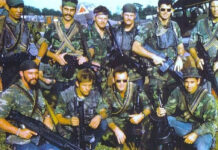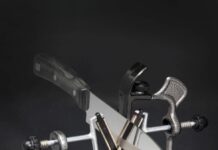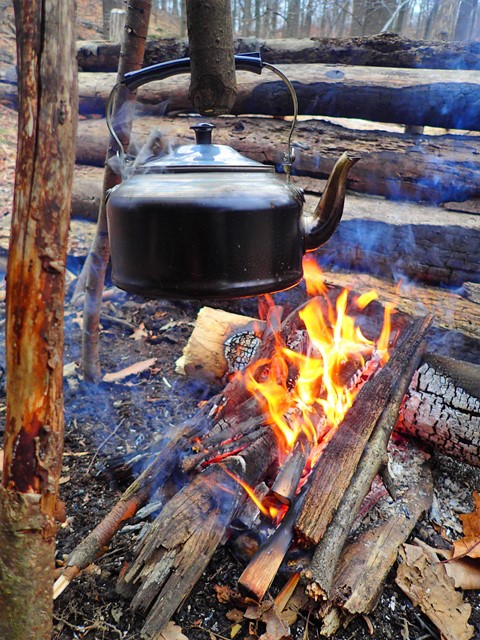
In this first part of our series on fire-lays, we will explore the Lean-to and log cabin styles, which are the first two fire-lays. How we arrange firewood for a campfire, cooking fire, signal fire, council fire, or quick boil is known as a fire-lay.
A fire lay is an effective system that requires key components for success. First, gather tinder, kindling, and fuel from dry-standing wood. How you build the fire often determines whether it ignites or smolders.
Fire-Lay System
To remember what elements are necessary for a fire to burn continuously, use the saying “HAF,” which stands for Heat, Air, and Fuel. Every fire consists of these three components; removing just one will extinguish it. You should incorporate these elements when creating fire lays while applying basic fire-building techniques.
For instance, light the upwind side so the wind directs the flames into the fuel. Ensure enough space between wood pieces to allow for good airflow. Build the fire up rather than spreading it flat and wide. This method takes advantage of the hot rising air, as fire naturally travels upward.
Two Fire-Lays For Success
Log Cabin Fire-Lay: The log cabin fire lay is a classic method for quickly creating coals for cooking. You can ignite from the top or bottom, but this article will focus on the top-ignition. This method is helpful on wet ground or snow as it keeps the tinder elevated.
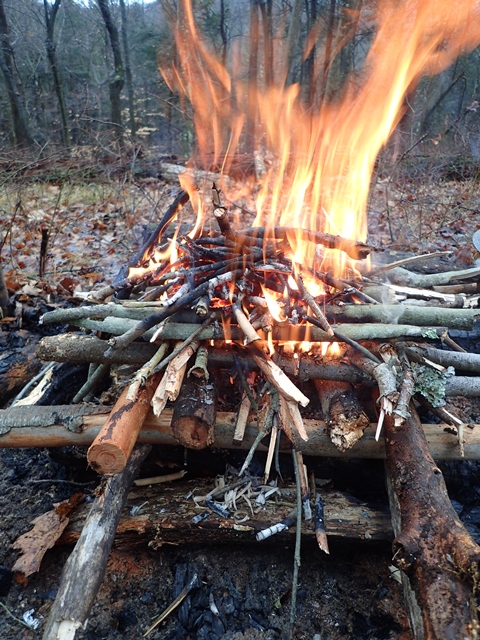
To build a log cabin fire lay, start with two wrist-thick logs about 7 to 10 inches long, laid parallel with about 5 inches of space between them. Place two thinner logs perpendicularly on top to form a square foundation. Alternate the direction of the pieces as you build up, adding small, pencil-thick sticks every two levels to create a platform filled with dry leaves, grasses, pine straw, and tinder.
Finish by layering thinner and shorter pieces into a cabin or slight pyramid shape. At the top, stack kindling and place the tinder. Once ignited, this fire lay needs minimal maintenance and will burn down to the thicker logs underneath.
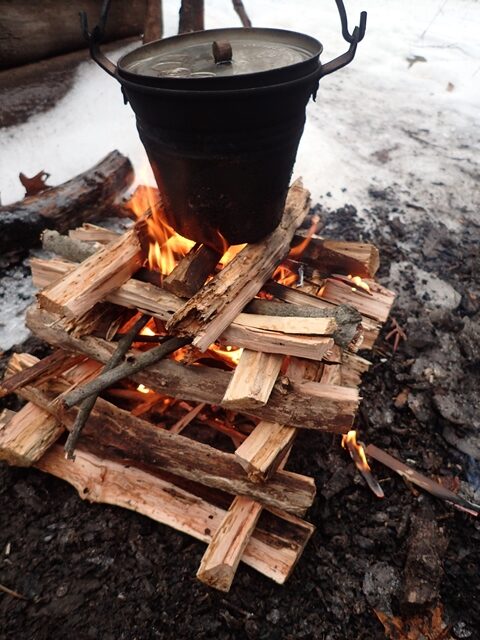
Using a frying pan or kettle on top can quickly boil water due to rising hot air, though it’s essential to be cautious, as meals can easily scorch and water may boil over.
Next up, the lean-to!
Lean-To Fire-Lay
My personal favorite is the lean-to, as it is both straightforward and highly effective. To create a lean-to-fire, start by selecting an appropriate site. Lay down a course of broomstick-thick pieces of wood parallel to your feet, facing the fire—this is your platform. It keeps your crucial tinder and kindling elevated from the damp ground, ensuring it stays dry while allowing for better airflow.
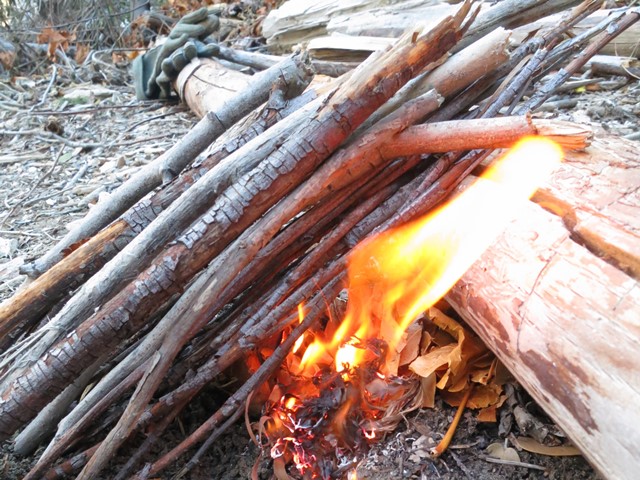
Next, place a thick log atop the platform, roughly the thickness of your bicep to thigh. This log acts as a brace and should be positioned parallel to the breeze and perpendicular to the platform. Begin with thin sticks—around toothpick or matchstick thickness—and lean them at an angle against the brace. Gradually add sticks that range from pencil to finger thickness.
Once you’ve set that up, ignite your tinder on the upwind side. The breeze will naturally enhance the fire through the air passages created by the lean-to. Once the fire is roaring, add similarly larger wrist-thick wood. I recommend placing another log of the same thickness parallel to the first for a cooking fire, transforming the setup into a Hunter’s Fire or Long Fire.
Closing
Follow these simple instructions and, be sure to have fun and be safe with these Two Fire-Lays for a successful camping trip!


